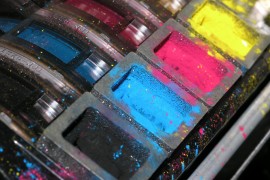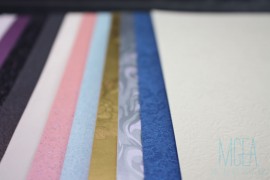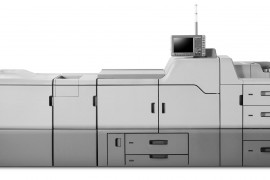Offset printing is far more complicated than digital printing. It’s more than CTRL+P functionality you’ve been used to. The term itself largely explains the method which involves offsetting an image from a plate to a rubber blanket and finally to a desired printing surface.
Offset lithography operates from the principal that oil and water doesn’t mix. The plates are developed such that only imaging areas attract the inks (oil based) and non-imaging areas attracts a water based solution commonly referred to as fountain solution. This way, only the imaging area is transferred to the printing surface (paper) via a rubber cylinder or blanket.
The process is in three parts:
- Pre-press
- Press
- Post-press
Pre-press
The first step normally involves preparation, i.e. getting everything together before actual printing. The artwork must be converted to the appropriate colours. Commercial offset process have for over a century used the CMYK colour model i.e. Cyan, Magenta, Yellow and Black. This is one of the main challenges for small printers and design agencies in Kenya. Most designers never meet the pre-press requirements and largely the printer is the one who ends up with all the blame.
The artwork is used in preparing the plate. Modern imaging systems allow for computer to plate production commonly referred to CTP. The plates can be in variety of materials but commonly used is metal plates from aluminium.
Press
This process is as earlier explained in the introduction.
Post-press
After printing, the document will require various finishing solutions depending on its type. Books will need a bindery process and this is after collating the pages as appropriate. The printed product will require cutting to get rid of various printer marks including registration, bleed and crop marks.
Main Types of Offset Presses
· Web Fed
This is commonly associated with continuous stationery, newspapers and magazines. Their nature is to run a continuous large reel of paper. They are excellent for heavy long-run printing jobs with a short turn-around time. With speeds of greater than 900 metres per minute, you can be able to print over 3 million copies of your favourite daily newspaper. To bring this figure closer home, divide 900 metres into sheets of say A3 paper. This can accommodate well over 3000 sheets of paper, all in a minute.
· Sheet Fed
This press uses cut-sheet paper i.e. the press uses a standard size of paper say A4, A3 , A2 or even A1. These individual sheets are then printed through the offset lithography process. They are capable of doing long-runs but compared to the web fed press, this would be preferred for short-run jobs. It is favourable to use this with short-run magazines, brochures, letterhead, fliers and posters.
If you’re interested in an in-depth know how of offset printing you can visit the following sites






